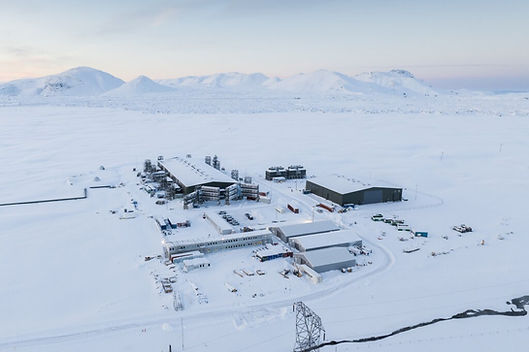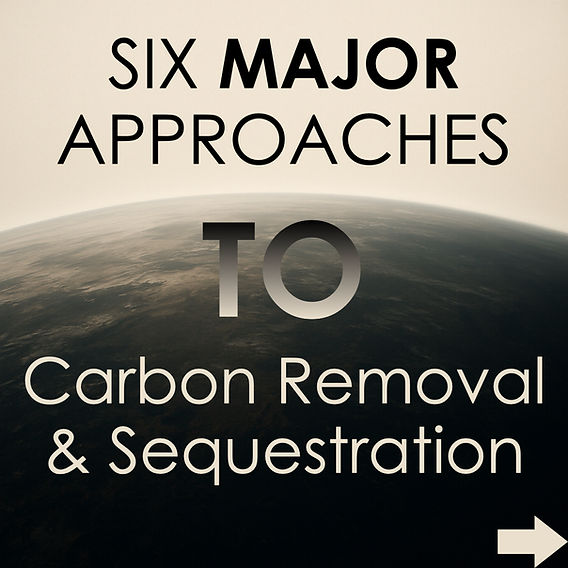LinkedIn Campaign
Carbon Removal

Sample Profile
This is a sample LinkedIn profile.
Net-zero goals have become a daily debate. But many are not familiar with the fascinating process that can lead us there, apart from simply reducing emissions. Two categories of technology currently exist at the forefront: 1 – Carbon Capture and Storage (CCS) 2 – Direct Air Capture (DAC) Carbon Capture acts as a metaphorical ‘barrier’ between flue gas (think: smoke emerging from industrial chimney) and our atmosphere. CO2 is then removed from the fumes using various methods: – Using special liquids to separate and absorb CO2. – Exposing the gases to specific solids that can ‘soak up’ the CO2. – Freezing the gas at extremely low temperatures to isolate the CO2 (rare – although a personal favourite). Once captured, the CO2 is either stored deep underground or reused in products. However… For a company to achieve net zero, it must counteract emissions that cannot be captured by removing CO2 directly from the atmosphere. Direct Air Capture technology serves that purpose. This is a relatively new and developing field, with many challenges to resolve. Nevertheless, innovative methods are already in use across the world. The Orca plant in Iceland uses giant fans to pull in air, captures CO₂ with special filters, then heats the filters to release the gas and permanently stores it underground in basalt rock, where it reacts and turns into stone.



Sample Profile
This is a sample LinkedIn profile.
Carbon Dioxide Removal is a contentious new strategy towards Net-Zero goals. But despite the debate, it shows promise. Especially the most expansive and ambitious of all: Direct Air Capture (DAC). Think of DAC as industrial photosynthesis. But instead of a leaf, you have a giant fan funnelling ambient air through a filter. CO2 is captured and heated at high temperatures so it may be extracted. The gas is then reused, in sparkling water for example, or permanently stored underground. In the latter process, the CO2 reacts with basalt rock, forming stable mineral deposits that appear as white crystalline spots. Swiss-based Climeworks is pioneering this technology and have rapidly grown since their inception in 2009. Their latest project, Mammoth, can capture up to 36,000 tons per year. A huge leap forward from their previous project, only 3 years prior, at 4,000 tons. The business model is sustained under a subscription service. This is partly directed at individuals, where they will remove any amount of carbon you’re willing to pay for within 6 years. Although this poses as an original gift alternative to buying a star, more importantly: They offer this service to companies who can use it to achieve their net-zero targets by reducing their net emissions with CO2 removal. Microsoft has already signed a 10-year deal, pledging to remove 10,000 tons of CO2 so they may achieve carbon negative by 2030. With billions in funding, rising climate urgency and increasing government pressure, DAC companies are scaling fast and hiring faster. From Engineers to Project Leads, the demand for specialised talent is only growing. Would you work in carbon removal? Do you think DAC is as promising as companies such as Climeworks estimate?



Sample Profile
This is a sample LinkedIn profile.
Understanding climate solutions gets easier when you can clearly visualise the main approaches to carbon removal. Whether you're deep into the science or just curious, it’s incredible to see the creativity and innovation behind efforts to tackle greenhouse gas emissions. Which projects or ideas have caught your attention recently? What do you think shows real potential? Here are a few featured in the post: Great Green Wall of Africa Vanga Blue Forest Drax Power Station Norway’s Longship initiative and the Northern Lights project Mammouth by Climeworks

